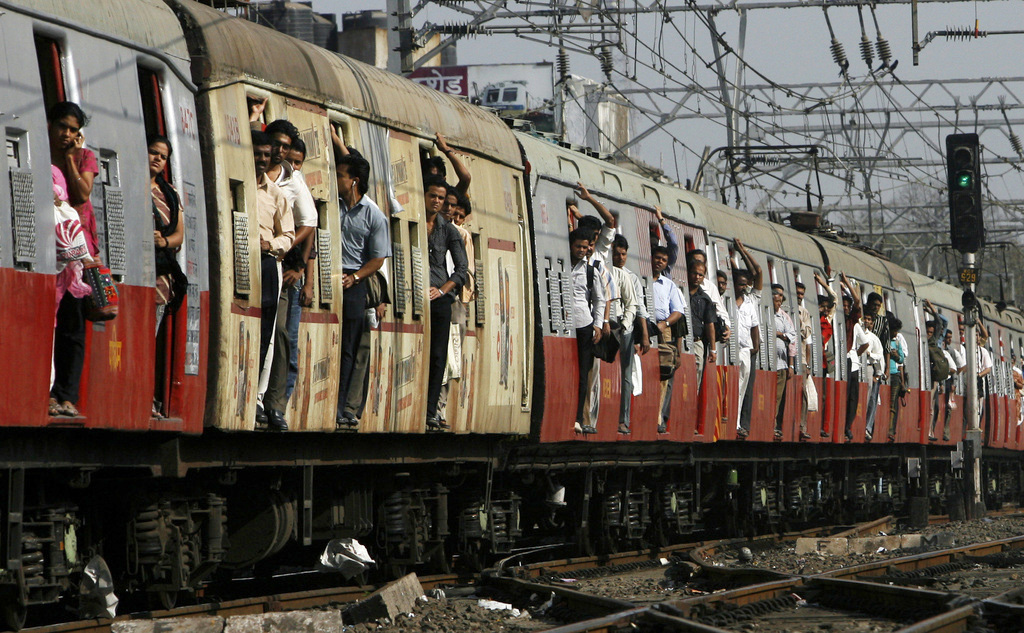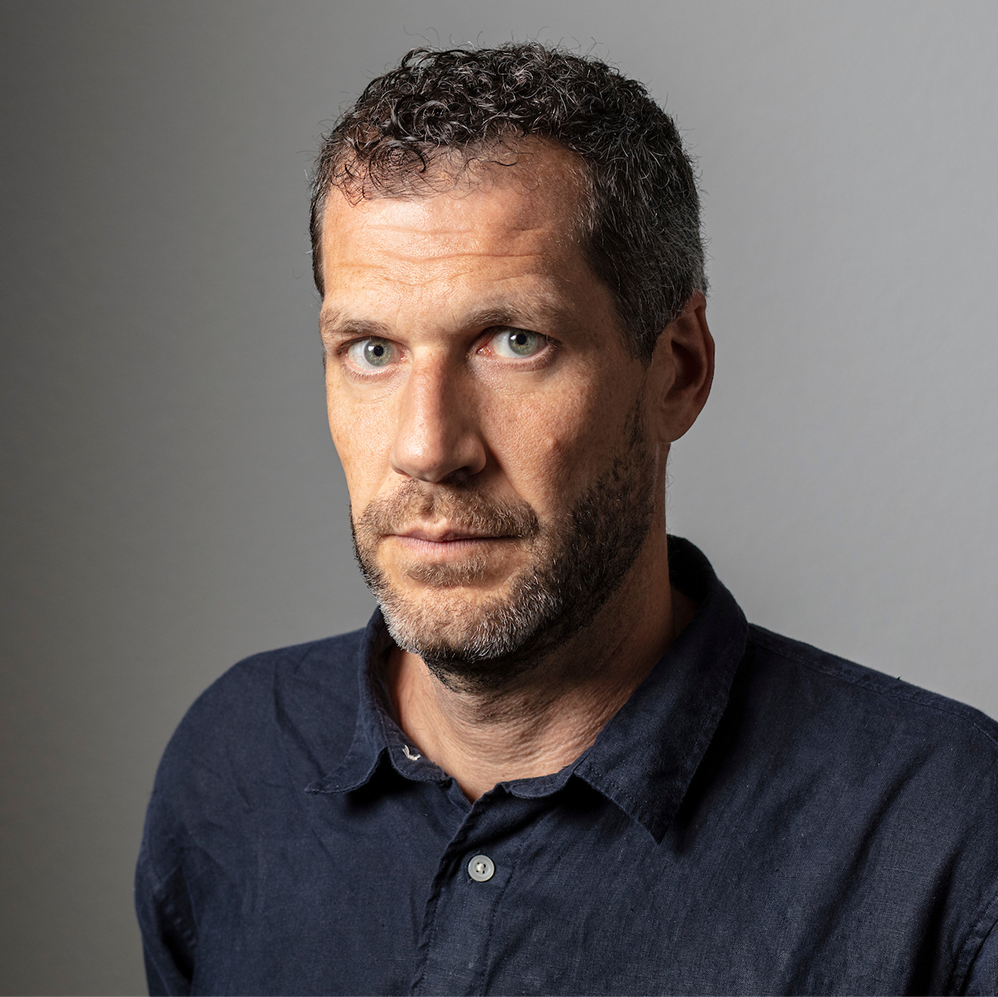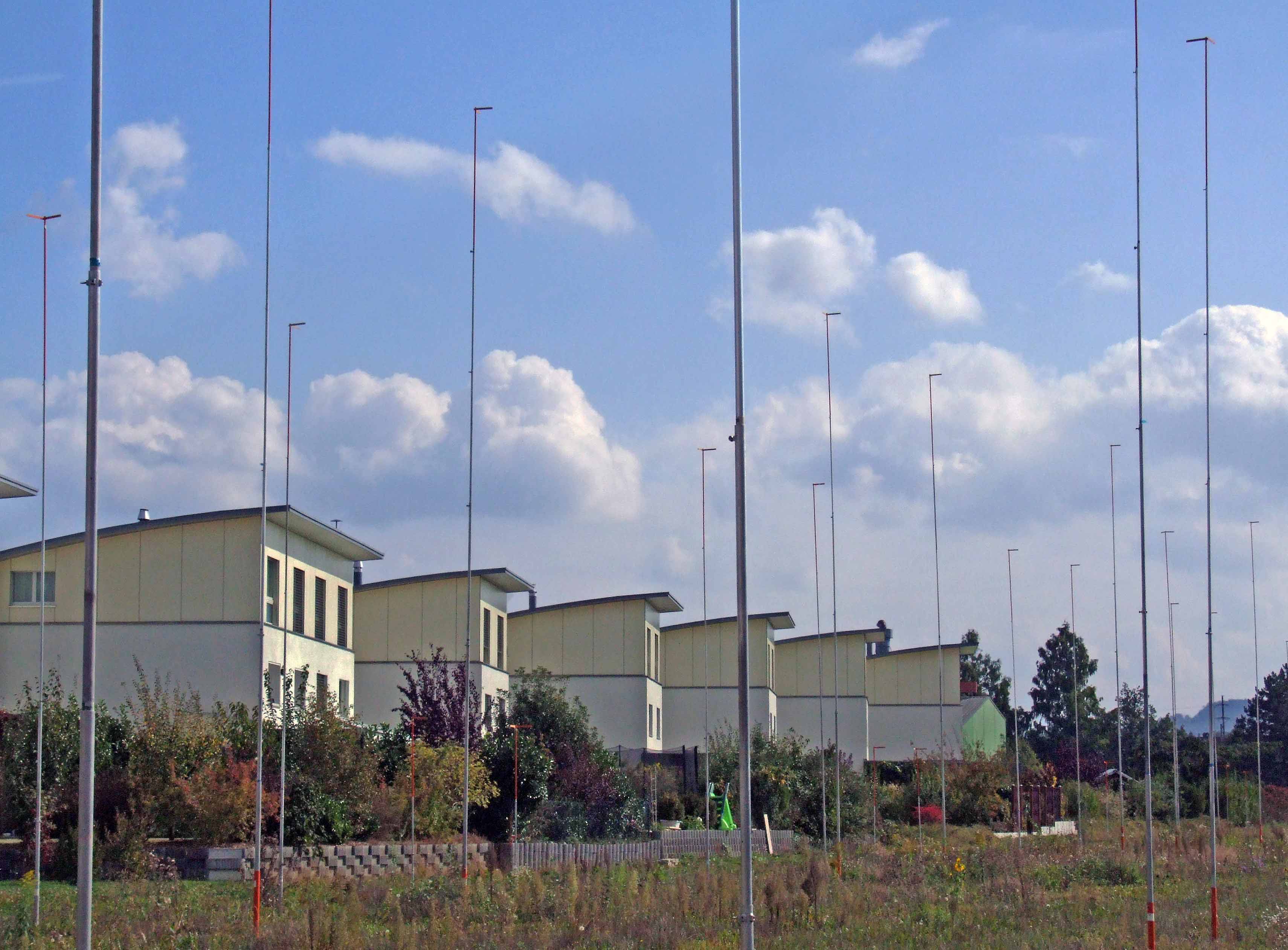World makes room for seven billionth person

Imagine all the people sharing all the world. When Lennon wrote the lyrics in 1971, the world population was 3.8 billion. In the coming days it will hit seven billion.
swissinfo.ch spoke to demographics expert Philippe Wanner about the rise and rise of the global population and asked whether we should fear the burden of the additional two to three billion people expected to be added to the planet in the next 50 years.
During the 20th century, the world population exploded, passing from 1.6 billion people in 1900 to 6.1 billion in 2000. This trajectory is expected to continue throughout the 21st century with the arrival of the seven billionth world citizen on October 31, according to UN predictions.
The world’s resources are finite while our capacity for consuming them has consistently accelerated. While many fear this dynamic is a recipe for disaster, Wanner of Geneva University argues that it is not safe to make assumptions.
swissinfo.ch: On October 31 the Earth’s population will cross the seven billion threshold according to the United Nations Population Fund. Is this cause for humanity to celebrate or lament?
Philippe Wanner: It’s rather good news because this trend is the result of a series of favourable conjunctions: a decrease in the infant mortality rate on the one hand, and the growth in life expectancy on the other. The number of survivors at all ages is growing and I consider that a positive thing.
swissinfo.ch: In a 2008 report, the UN predicted that the global population would reach a peak of nine billion in 2050 before stabilising. In May this year, it published a new report which predicts the population will reach 10.1 billion by 2100. How can this turnaround be explained?
P.W.: it is very difficult to predict demographic evolution, in particular in the context of very strong fertility. One or two extra births per woman are enough to produce a multiplier effect after three or four generations. The United Nations took the new trends into account, which show a slowdown in the decline in fertility in certain countries like Niger. That is what explains the difference in projections just three years apart.
swissinfo.ch: So predicting the future population is in the realm of science fiction?
P.W.: Exactly. Even more so considering that we do not know the exact detail of the current world population. We speak of seven billion but are we not closer to 6.5 or 7.5 billion? It is impossible to say. Some countries like Afghanistan and Kosovo have not carried out a census since 1980. In sub-Saharan Africa, not only does the number of future births remain a mystery but we also don’t know the evolution of the death rates of these children. How many will survive and how many of them will have children? There is no answer to this question now.
swissinfo.ch: With this symbolic threshold of seven billion, the spectre of overpopulation emerges again. How many inhabitants is the Earth capable of supporting?
P.W.: It is also completely impossible to answer that question. It is the behaviour of the populations that determines the capacity of the planet to support this demographic growth. If all the inhabitants of the planet consumed at the same rate as the Chinese or the Mexicans, we would manage to support a burden of ten or even 15 billion people. But if the seven billion behave like the Americans, the constraints in terms of resources available and impact on the environment would be too significant.
It is interesting to observe that the debate around this demographic burden for a long time concerned questions of food and the capacity of the planet to feed its inhabitants. Today it’s more focused on the environmental impact that this population will have on the planet.
swissinfo.ch: Plato and Aristotle recommended states to strictly regulate their birth rate. How worried should we be about being overrun?
P.W.: When we talk about overpopulation, we immediately think of the images of mega cities like Tokyo with its never-ending flows of people and bursting trains. But this density is misleading. In Africa, it we look at the number of people per square kilometre, it’s more a situation of under population. Some even think that demographic growth is a positive thing because it will allow more to be produced.
The public debate around over-population really started in 1800 with Malthus and the observation of demographic growth. Man is by nature conservative. Today there are a billion more beings than there were in 1999. The human reflex is to fear that growth. But scientifically it is not possible to advance arguments determining whether it is good or bad.
swissinfo.ch: The realities are very different from one country or region to another. The African population could triple in a century to reach 3.6 billion, while the Russian population is shrinking. Can we really talk about a global population?
P.W.: No, this notion is absolutely not relevant. As well as the realities you cite, there is also another fundamental reality: migration. Europe will depopulate, that is for sure, while Asia still cannot control its demographic growth. This century is marked by very significant demographic imbalances. When you have strong demographic pressure on one side and on the other side a lack of workers, migratory flows are inevitable.
With the number of people on Earth more than doubling over the last half-century, resources are under more strain than ever before.
Among the short-term worries is how to provide basic necessities for the additional 2-3 billion people expected to be added in the next 50 years.
Water usage is set to increase by 50 per cent between 2007 and 2025 in developing nations and 18 per cent in developed ones, with much of the increased use in the poorest countries as rising rural populations move to towns and cities.
Nutritious food is in short supply in many parts of the globe. The World Bank says 925 million people are hungry today, partly due to rising food prices since 1995, a succession of economic crises and the lack of access to modern farming techniques and products for poor farmers.
To feed the two billion more mouths predicted by 2050, food production will have to increase by 70 per cent, the UN’s Food and Agriculture Organisation says.
Switzerland’s population has more than doubled since the start of the 20th century, rising from 3.3 million in 1900 to 7.8 million in 2009.
In 2011 the population grew by 83,950, mainly because of an influx of 74,587 immigrants. The 0.7% increase in numbers of Swiss citizens (6,071,802) is mainly due to naturalisations (43,440).
Switzerland also experienced a greying population in the 20th century, with the percentage of under 20-year-olds halving from 40.7% in 1900 to 21% in 2009 and the over-65s growing from 5.8% to 16.8%. Of note, was the 4.8% rise among the over 80s.
Life expectancy has gone up slightly in men to 79.8 and stagnated in women at 84.4.
Family size has fallen since the 1960s, from 2.5 to 1.4 children in 2000. That figure rose slightly to 1.5 and was expected to stay at that level by 2050, according to forecasts by the Federal Statistics Office.
(Translated from French by Clare O’Dea)

In compliance with the JTI standards
More: SWI swissinfo.ch certified by the Journalism Trust Initiative














You can find an overview of ongoing debates with our journalists here . Please join us!
If you want to start a conversation about a topic raised in this article or want to report factual errors, email us at english@swissinfo.ch.